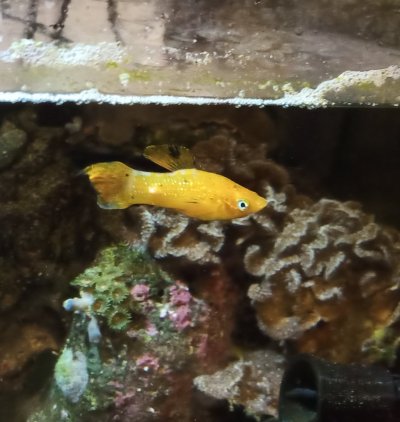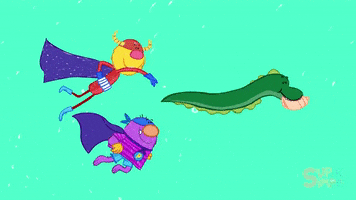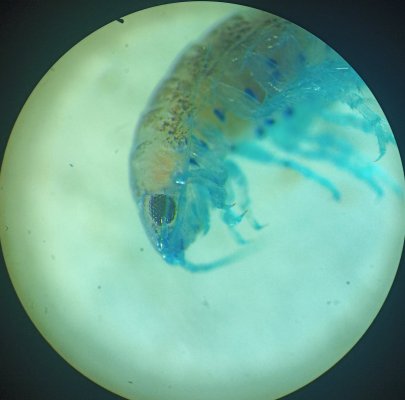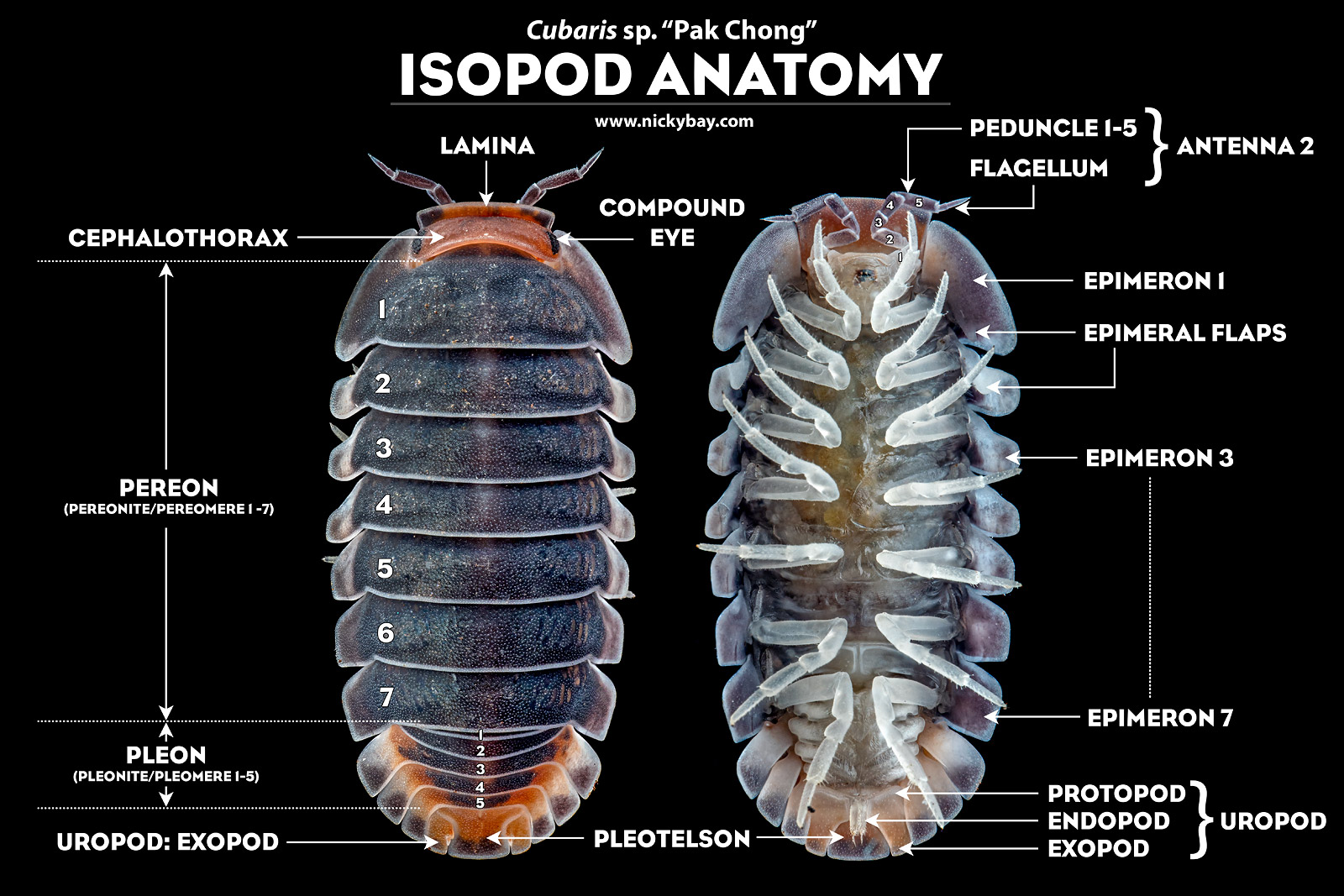Hah, the joys of owning a reef tank.
I've restarted my tank with fresh live rock 3 months ago because of several issues. It was running fine since then but it seems l have introduced some kind of isopod pest into my tank. One of the flesh eating kind. How do I know that? Well I was bitten while feeding my corals right now. I was able to remove that bugger out of my tank because it was stuck to my finger, but I'm worried this isn't the only one because pests never come alone. One also seem to have bitten my Molly. There is a bump on the tail.
I don't know much about the ecology of flesh eating isopods so I need to ask the obvious question: do I have to worry to experiencing a scene from the Alien movies? Do these things burry into living fish or even lay eggs into them?
I am still surprised how these things were able to reach adulthood between my rockpool shrimps. Usually they devour any crustation smaller than a few millimeters. The had to hide really well.

I've restarted my tank with fresh live rock 3 months ago because of several issues. It was running fine since then but it seems l have introduced some kind of isopod pest into my tank. One of the flesh eating kind. How do I know that? Well I was bitten while feeding my corals right now. I was able to remove that bugger out of my tank because it was stuck to my finger, but I'm worried this isn't the only one because pests never come alone. One also seem to have bitten my Molly. There is a bump on the tail.
I don't know much about the ecology of flesh eating isopods so I need to ask the obvious question: do I have to worry to experiencing a scene from the Alien movies? Do these things burry into living fish or even lay eggs into them?
I am still surprised how these things were able to reach adulthood between my rockpool shrimps. Usually they devour any crustation smaller than a few millimeters. The had to hide really well.























